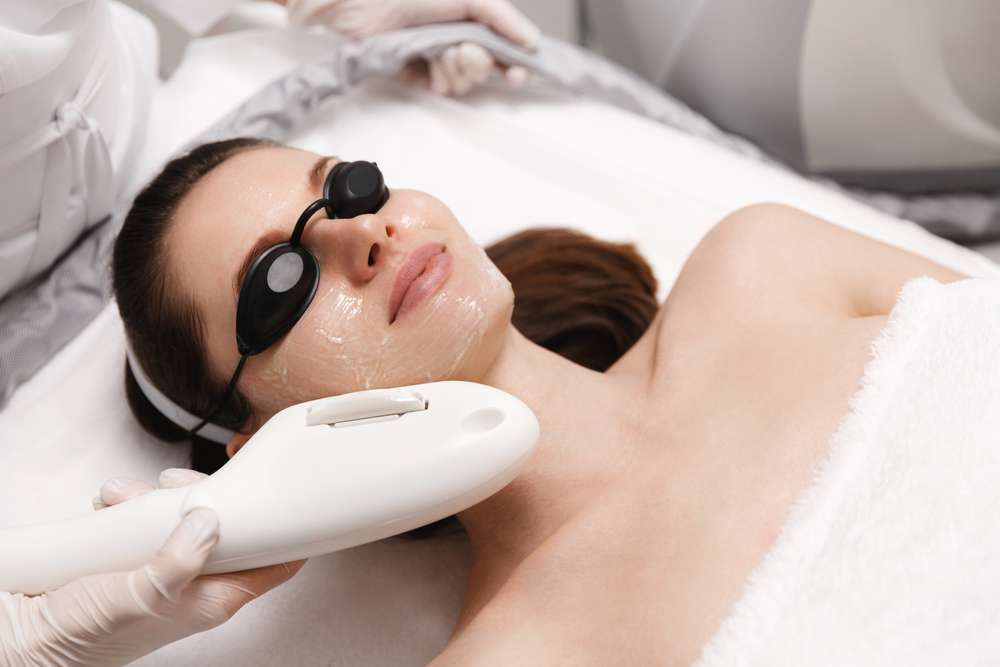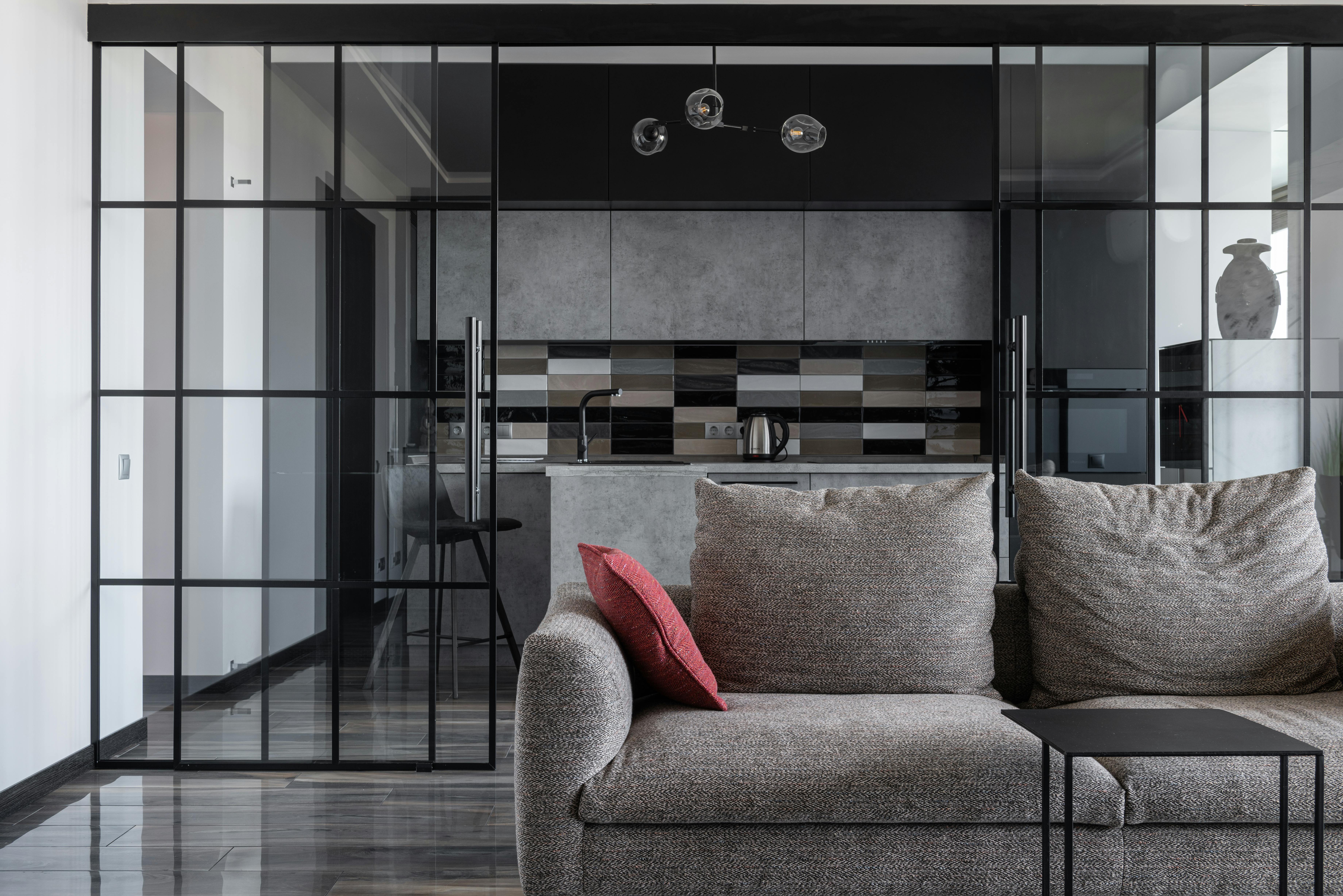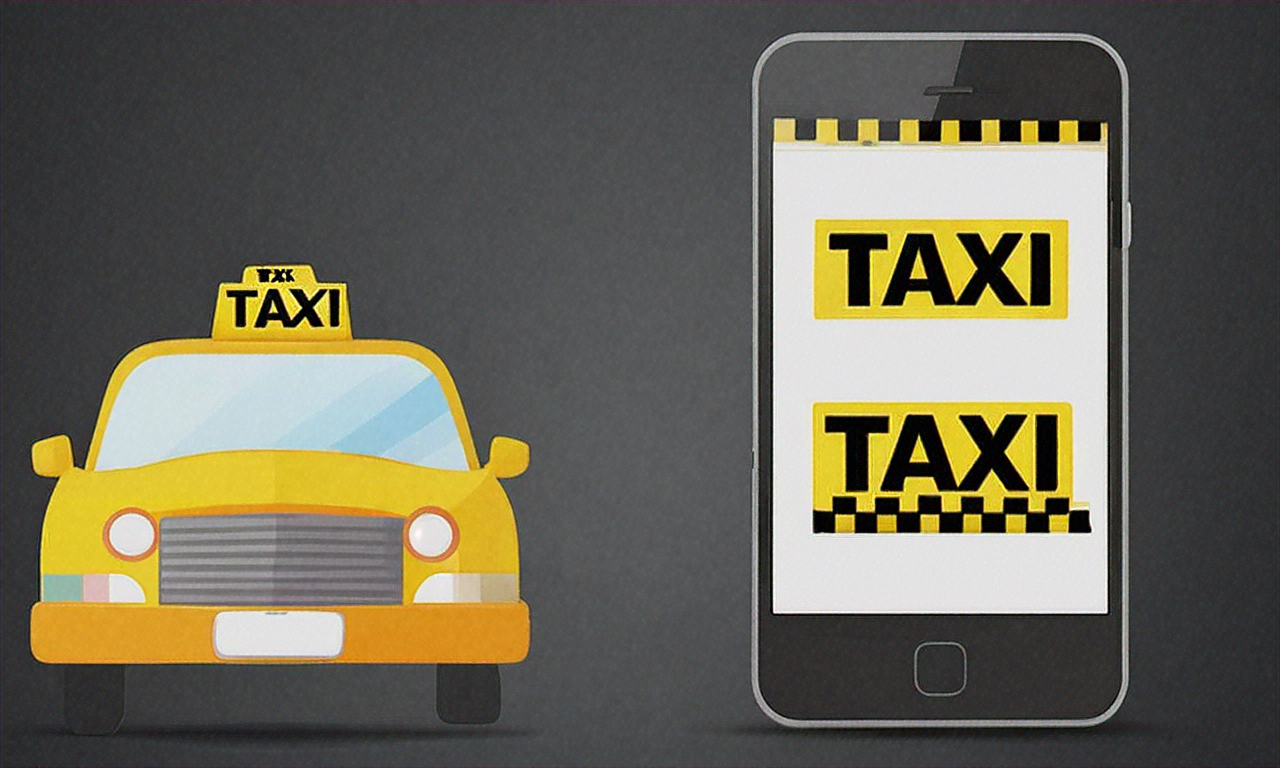Revive Your Skin: Essential Guide to Laser Therapy
Laser skin treatment offers a modern, non-invasive path to clearer, smoother, and more youthful-looking skin. From reducing fine lines and acne scars to correcting pigmentation and redness, laser therapy uses targeted light energy to trigger repair and collagen production. Learn how different lasers work, what to expect during sessions, recovery timelines, and how to maintain results so you can make an informed choice about skin rejuvenation.

Revive Your Skin: Essential Guide to Laser Therapy
What skin concerns can laser therapy improve?
Laser treatments are adaptable and can tackle many common skin complaints. Clinicians commonly use them to treat:
- Fine lines and wrinkles
- Sun-induced pigmentation and age spots
- Acne scars and other forms of scarring
- Irregular skin tone and rough texture
- Enlarged pores
- Chronic redness and rosacea
- Unwanted hair
Which problems can be addressed depends on the device and wavelength selected. Different lasers penetrate to varying depths and interact with skin structures—so the practitioner chooses the appropriate technology for the concern being targeted.
Types of laser and light-based treatments
There are several categories of devices used in cosmetic dermatology, each with distinct mechanisms and suited conditions:
-
Ablative lasers: These systems vaporize the outer layers of skin and heat deeper tissues to jump-start collagen remodeling. They’re powerful options for deep wrinkles, pronounced scarring, and significant sun damage—but they require longer recovery.
-
Non-ablative lasers: Working beneath the skin surface without stripping the top layer, non-ablative lasers prompt collagen production with less downtime. They’re commonly used for mild-to-moderate texture issues and pigment concerns.
-
Fractional lasers: Instead of treating the entire surface, fractional devices treat microscopic columns of skin, leaving surrounding tissue intact. This approach speeds healing while achieving effective resurfacing.
-
IPL (Intense Pulsed Light): Technically not a laser, IPL emits multiple wavelengths of light to address pigmentation, broken capillaries, and redness. It’s a versatile option for overall skin tone improvement.
Your provider will explain which modality is best for your goals after assessing your skin type and condition.
What happens during a treatment session?
A typical appointment begins with a thorough cleansing of the treatment area. Depending on the procedure and your comfort level, a topical anesthetic may be applied to reduce any discomfort. The practitioner then delivers the chosen light energy over the target zones.
Sensations vary: some patients describe mild warmth, others a quick snapping or stinging feeling. Treatment length depends on the size of the area and the device—sessions can be as short as 15 minutes or last over an hour for more extensive work.
Aftercare usually includes cooling gels, soothing ointments, or dressings to calm the skin. Your provider will give tailored instructions for home care, activity restrictions, and sun protection.
Side effects and expected recovery
Side effects depend on the treatment’s intensity and type of laser used. Most are temporary and manageable. The following table summarizes common reactions and suggested measures to ease symptoms:
| Side Effect | Typical Duration | Management |
|---|---|---|
| Redness | A few hours to several days | Cool compresses, gentle moisturizers |
| Swelling | 1–2 days | Sleep with head elevated, apply cold packs |
| Mild discomfort | 1–3 days | Over-the-counter pain relievers as needed |
| Peeling or flaking | 5–7 days | Avoid harsh scrubs; use gentle moisturizers |
| Increased sun sensitivity | Several weeks | Strict sun protection; broad-spectrum sunscreen |
Prices, rates, or cost estimates mentioned in this article are based on the latest available information but may change over time. Independent research is advised before making financial decisions.
Non-ablative procedures often involve little to no downtime, allowing patients to return to normal activities quickly. Ablative resurfacing is more aggressive and typically requires several days to two weeks for the skin to recover fully.
Preparing for a session and immediate post-care
Before treatment, disclose all medications, recent skin procedures, and any history of cold sores or keloids. You may be advised to stop certain topical products (like retinoids) and avoid direct sun exposure for a period.
Immediately after treatment, follow your clinician’s recommendations: keep treated skin clean, avoid strenuous exercise for 24–48 hours if swelling is present, and use only the products they approve. Avoid picking or peeling flaking skin to reduce scarring risk.
How to maintain and prolong results
To get the most from laser therapy:
- Use broad-spectrum sunscreen daily and reapply as needed. UV protection is crucial to prevent new pigment issues and protect healing skin.
- Stick to a consistent skincare routine your provider recommends, including gentle cleansing and appropriate moisturizing.
- Hydrate and eat a balanced diet rich in antioxidants to support skin repair.
- Avoid tobacco and limit alcohol—both can impair healing and accelerate aging.
- Schedule maintenance sessions if recommended; a series of treatments or periodic touch-ups often yields the best long-term outcome.
Final considerations
Laser and light-based treatments can deliver dramatic improvements in texture, tone, and overall skin quality when selected and performed appropriately. Results hinge on choosing the right device for your skin type and concern, following pre- and post-procedure guidance, and working with a qualified, experienced provider.
This article is for informational purposes only and should not be considered medical advice. Please consult a qualified healthcare professional for personalized guidance and treatment.





